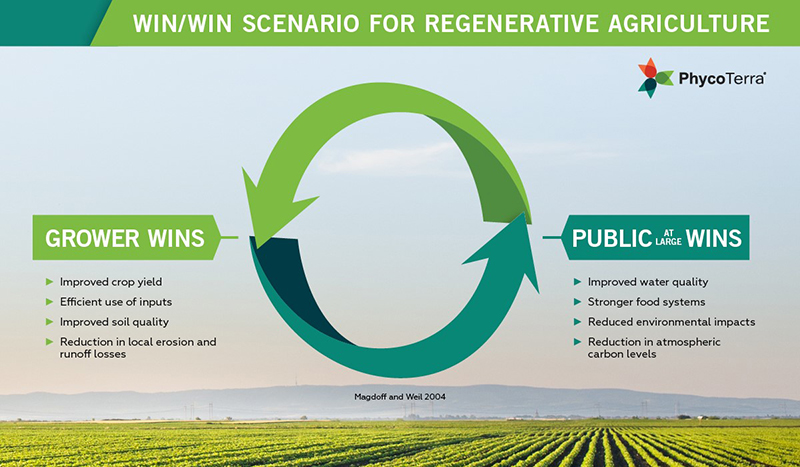5 Things To Look For In Forage Inoculant Research
Applying a forage inoculant to a crop at harvest requires a leap of faith, as the producer will not see the resulting silage until it is opened weeks, or even months, later, according to an article on WallacesFarmer.com.
“To get best results, producers should use inoculants that are proven with independent, scientific research in the target crop,” said Bob Charley, Ph.D., Forage Products Manager, Lallemand Animal Nutrition. “The trials should validate the efficacy of the product at the application rate stated on the label and, ideally, be published in a reputable journal or presented at a scientific conference.”
Charley recommends making sure that research is:
- Performed with the specific product formulation. There can be wide differences between specific strains of inoculant bacteria, so discount generic data.
- Fits the crop being ensiled. Inoculants can perform differently when applied on different crops due to variations in dry matter (DM) content, ensiling challenges and susceptibility to aerobic spoilage.
- Conducted at independent research facilities, such as universities.
- Published in reputable journals. Trials published in scientific journals are peer reviewed.
- Validates the intended application rate. Data should be from studies using the level that will be applied following product recommendations.
Producers should also consider their own local conditions, farm practices and silage history — although not all these factors can be reflected in independent research. For instance, slow feedout rates may point to using an inoculant proven to increase aerobic stability.
Read the full story on WallacesFarmer.com.






